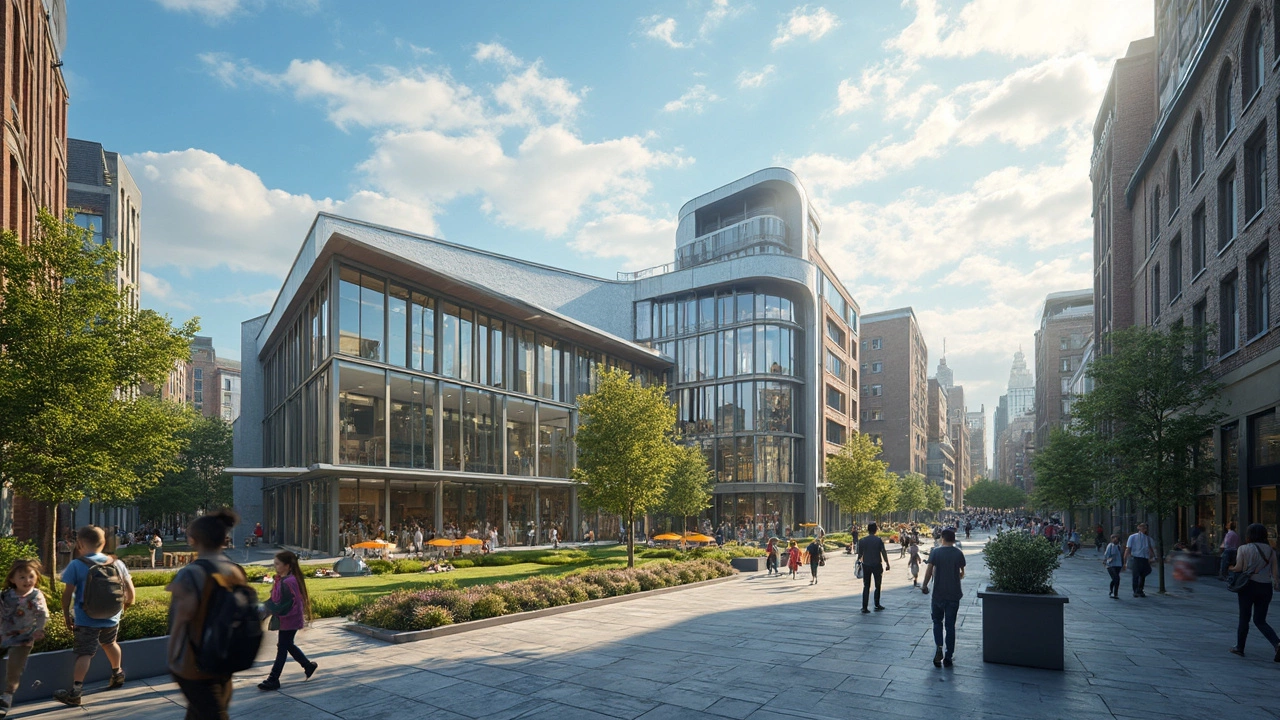Commercial Buildings: Smart Flooring Choices and Maintenance Tips
If you manage a shop, office, or warehouse, flooring isn’t just a backdrop – it’s part of your brand and safety plan. The right floor can handle heavy foot traffic, look good, and last for years without costly repairs. Below, we break down the most reliable materials and how to keep them in shape.
Choosing the Right Flooring for Commercial Spaces
First, think about the traffic level. High‑traffic areas like retail aisles or cafeteria floors benefit from tough options such as luxury vinyl plank (LVP) or engineered hardwood with a wear‑resistant finish. LVP mimics wood or stone, resists scratches, and is easy to clean – perfect for busy entrances. Engineered hardwood adds warmth while still standing up to wear, especially when you choose a high‑grade surface.
If you run a lab, workshop, or any area with spills, look at resilient tiles or epoxy‑coated concrete. Tiles are moisture‑proof and can be swapped out individually if a single piece cracks. Epoxy concrete creates a seamless, chemical‑resistant surface that’s cheap to maintain, though it can feel cold underfoot.
Budget matters, too. Carpet tiles give a softer feel for offices or waiting rooms without the high cost of wall‑to‑wall carpet. They’re replaceable one at a time, which saves money when a spot gets stained. For a sleek, modern vibe, polished concrete offers a low‑maintenance, industrial look that can be stained in different colors.
Maintaining Your Commercial Floors
Even the toughest floor needs care. Set a cleaning schedule that matches the material. For LVP and tiles, a damp mop with a pH‑neutral cleaner removes grime without dulling the surface. Avoid abrasive tools – they can scratch the finish.
Concrete floors benefit from regular dust mopping and occasional resealing to keep moisture out. A sealant not only protects against stains but also extends the life of the epoxy coating.
Carpet tiles should be vacuumed daily in high‑traffic zones and professionally cleaned quarterly. Spot‑clean spills right away to prevent stains, and rotate tiles every few months to even out wear.
Don’t forget to check for wear patterns. If a certain area shows more scratches or dents, consider adding protective runners or mats. Simple changes like these can save you from expensive replacements down the line.
When you’re ready to upgrade, work with a flooring specialist who knows commercial specs. They can advise on slip‑resistance ratings, fire codes, and warranty details that matter for business spaces. With the right choice and routine upkeep, your commercial building’s floors will stay strong, safe, and attractive for years to come.
School Buildings: Commercial or Industrial?
- Gavin Whitaker
- |
- |
- 0
Ever wondered whether schools are considered commercial or industrial structures? This article dives into the nitty-gritty of what makes a school building commercial and why it matters. Focusing on zoning laws, construction materials, and purpose, we uncover the surprising truths and dispel common myths about educational facilities. This practical guide cuts through industry jargon to help you understand the essentials of school construction. Whether you're in the biz or just curious, this read's for you.
View more